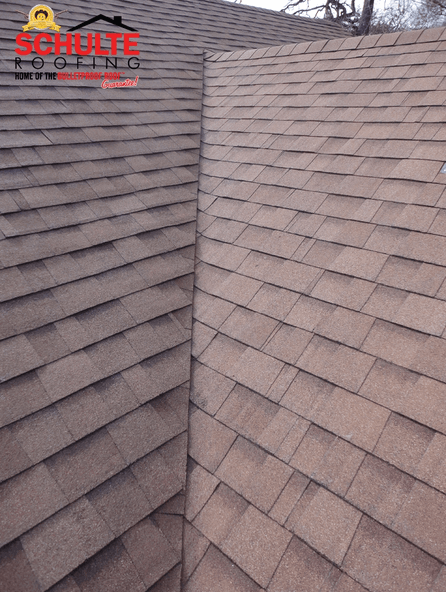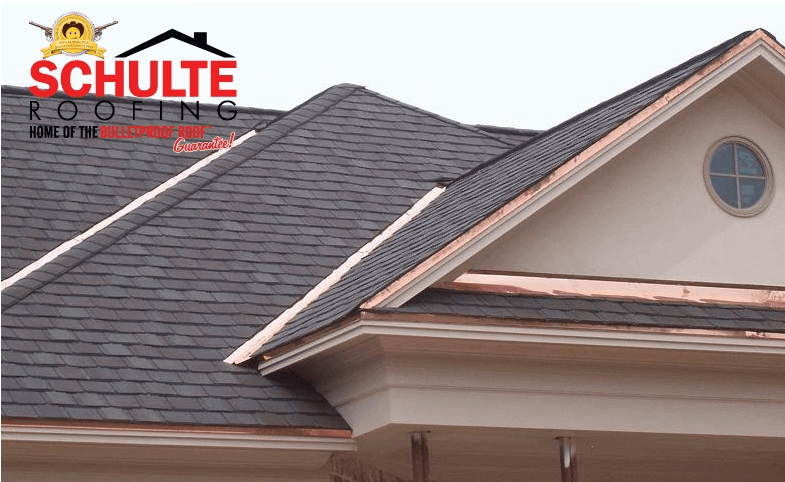The high competition in the roofing industry at times forces contractors to propose deflated prices to clients in a bid to attract more customers. This could lead to usage of inadequate materials or unsatisfactory service delivery as a result of bad billing. In order to get the best value from your roof, it is important for you to learn how to calculate the total materials required and their prices in the market to avert regrets down the road.
How to Calculate Shingle Quantity
Simply put, this is the total number of shingles required to complete the entire roofing project. Most of the manufacturing companies usually sell shingles in bundles that are further grouped in squares. One square of shingles is capable of covering up to 100 sq feet of the roof. The wrapping bundles are specifically designed to be light in weight to ease the transportation process. Three bundles are equivalent to 1 square. However, 1 square of laminated shingles is equivalent to 4 bundles.
Measuring the Size of the Roof
There are a number of different ways of knowing the exact size of your roof. If your roof is very steep, consider employing measuring methods that allows to take measurements from the ground. Nevertheless, you will need a ladder take some of the measurements such as the size of the building length, estimate the rake overhand if any and the rake length.
Sheet Count Method
This is one of the most preferred roof size estimation methods. It is best suitable for roofs that have 4 ft x 8 ft structural panels. More often than not, conventional panels are usually 32 square feet. You can easily count the panels without necessarily climbing to the top of the roof. The size of the crosscut and ripped sheets can be counted along the edges of the roof. If you decide to use 3 bundled shingles per square, it is quite easy to calculate the total bundles that you need as one bundle can cover 33.3 square feet.
For example, if the total roof area is 166.5 square feet, the number of bundles that you need is: [166.5 / 33.5 ] = 5 bundles.
It is recommended to add at least 1.3 square feet difference per sheet to allow for waste along the hip edges and gable.
Shingle Count Method
This is another great roof measurement method that is mostly used by contractors when renovating old shingle roofs. However, the shingles should not be stripped as this could lead to wrong results. The first step involves measuring the length of the eaves on all roof panels. You can do this from the ground by measuring the total length of the house adding it to the width of the rake overhangs if any. Another alternative entails counting the number of tabs along the eaves and ridges if the existing shingles have a standard three tab. Now, to get the total length of the rakes, you will have to existing courses between the ridge and the eaves. Standard shingles are usually 12 inches by 16 inches and each shingle course is approximately 5 inches.
For example, if your roof has 20 courses, what is the total length of the rakes?
Solution: [Courses] x [size of each course] / [standard width each shingle]
20 x 5/12 = 8.3 inches
What is the total area of your roof?
[Length of your houses eaves] x [Length of the rake]
If the length of the eaves is 200 inches, the total area is?
1 inch is equivalent to 0.083 feet, hence
200 inches x 0.083= 16.6 feet
8.3 inches x 0.083 = 0.6889 feet
Hence, the total area is: 16.6 feet X 0.6889 feet = 11.44 square feet.
Additional Shingles
As mentioned earlier, it is recommended to order some extra shingles to avoid wasting time and money looking for additional ones after commencing the project. This is based on the fact that you will need shingles for starter courses especially along the rakes and eaves. You will also need some to cap the ridges and hips. Also, if you decide to renovate the chimney, you will have to cut the shingles depending on the size of your chimney. It has being proven that laminated shingles generate less waste as compared to three-tab shingles because one does not have to maintain a specific cutout pattern.
One of the surest ways of estimating the amount of additional shingles that you need is by measuring the size of the rakes, eaves and chimney. Factor in the measurements in your order. Also, you can use the rule of the thumb that states; a simple roof demands a 1% waste factor while a complex roof has a waste factor of 5%. Try to be as precise as possible to ensure that you complete the project on time.
Consider Extra Valley Material

Valleys are either cut or woven. For woven valleys, each shingle has to extend 12 inches beyond the valley crease. Each pair of woven course requires 2 feet shingle material. On the other hand, cut valley extends 12 inches into the adjacent roof plane. Bottom line: a 16 feet valley requires 32 shingles.
Calculating Cost of Materials
Now that you know how to calculate the total area of your roof, it is time to know the amount money that you will spend on the materials. The simple formula for this is.
[Area of roof] X [Amount of materials] X [Price of material / per bundle] = Total material price.
Below is an example to help you understand how to use this formula better.
Total area of your roof= 11.4 square feet
Amount of materials required= 3 Bundles of shingles
Price of one bundle of shingles = $100
Calculation: 11.4 X 3 X 100 = $ 10,260
The total cost of purchasing the materials is $10,260
**These figures are for demonstration only. Every roofing project is different.
Bonus Tips

It is recommended to use the latest roof measuring tools and equipments to get the accurate results. They are technologically advanced, more reliable and durable than the traditional materials. The laser distance measure gadget is one such tool that is very accurate in determining length, area and volume. One pro of using this gadget is that you can take several measurements on your roof simultaneously. You can also invest in affordable, remote controlled drones to save time and still get accurate results.

Contact Schulte Roofing, The Home of the Bulletproof Roof® Guarantee for more professional advice on how to accurately estimate the total cost of your roofing project. Schulte Roofing has been service College Station, TX since 1994. Schulte Roofing’s mission is to provide expert and trustworthy information that will guide you in making informed decisions.
References:
1. https://www.thisoldhouse.com/toh/tv/ask-toh/video/0,,20685630,00.html
2. https://www.bobvila.com/nation/post/shingle-installation-tips
